
®
SHIPSPOTTING.COM
WELCOME TO SHIPSPOTTING.COM
KAPITAN SOROKIN - IMO 7413488
Photo
details
Photographer:Daniil. [ View profile ]
Captured:May 1, 2015
Title:Kapitan Sorokin
Location:Russia
Photo Category:Ship's Deck
Added:Nov 11, 2023
Views:92
Image Resolution:2,592 x 1,728
Description:
The fact that this is one of a kind ship with a such bow architecture may be an evidence that it is not efficient in terms of ice breaking.
Vessel
particulars
Current name:KAPITAN SOROKIN
Current flag:Russia
Home port:St.petersburg
Vessel Type:Icebreaker
Gross tonnage:15,385 tons
Summer DWT:5,138 tons
Length:141 m
Beam:31 m
Draught:8.5 m
AIS Position
of this ship
Last known position:60°2’7.83” N, 28°47’31.82” E
Status:
Speed, course (heading):4.5kts, 93.3° (92°)
Destination:
- Location:Spb
- Arrival:25th Apr 2024 / 09:00:17 UTC
Last update:6 days ago
Source:AIS (ShipXplorer)

Photo
Categories
This ship exists in the following categories:
Shipping - 1 photos
Icebreakers - 43 photos
Ship's Deck - 2 photos
Photographers
of this ship
(27)
1 photos
1 photos
3 photos
1 photos
1 photos
1 photos
3 photos
2 photos
1 photos
2 photos
1 photos
1 photos
1 photos
1 photos
1 photos
1 photos
1 photos
1 photos
5 photos
2 photos
1 photos
2 photos
7 photos
1 photos
1 photos
1 photos
2 photos
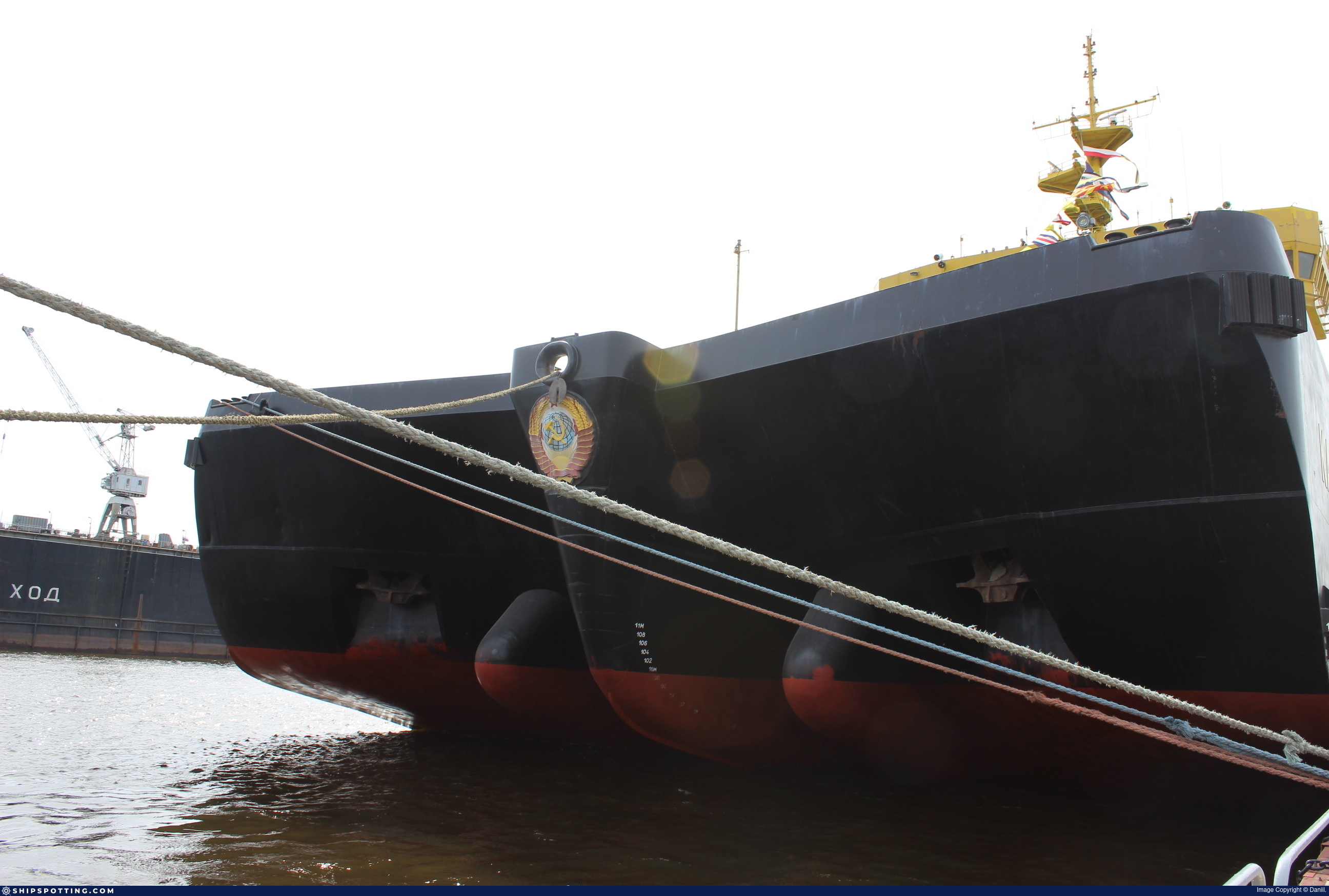

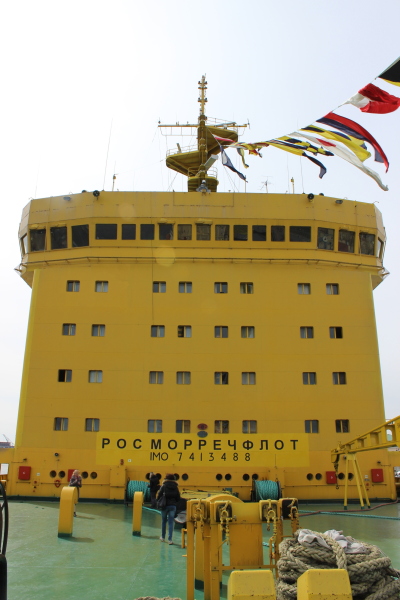
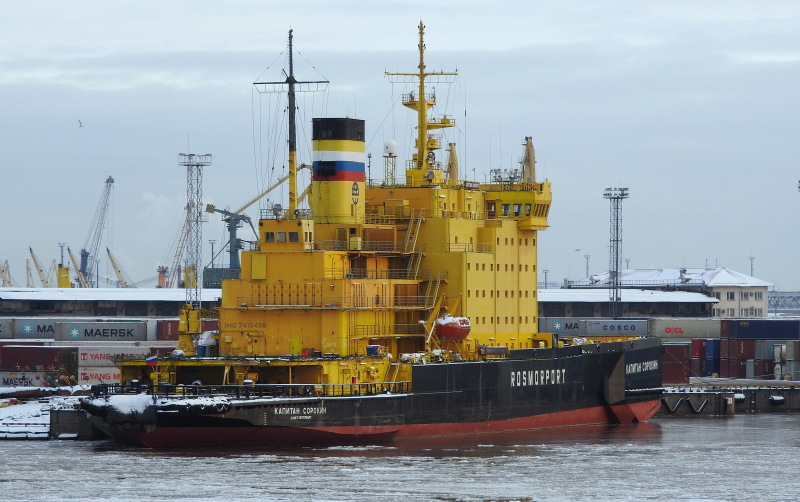
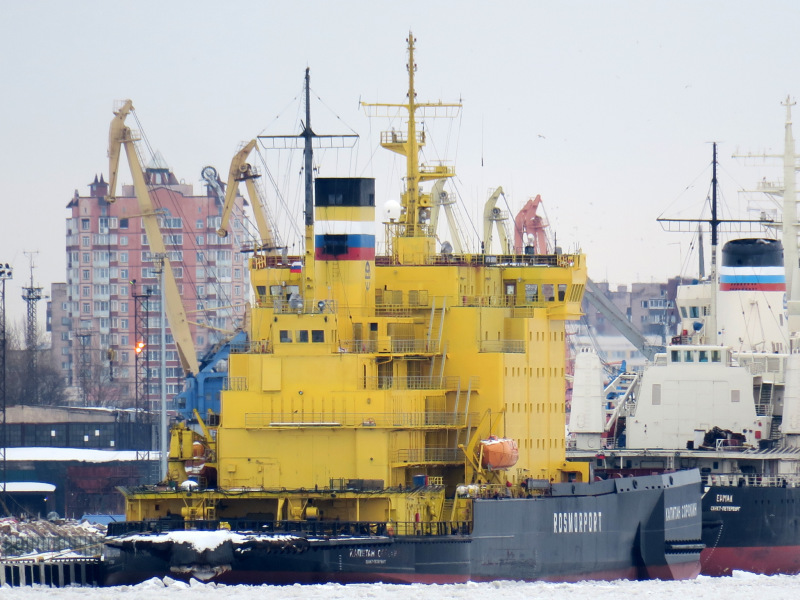
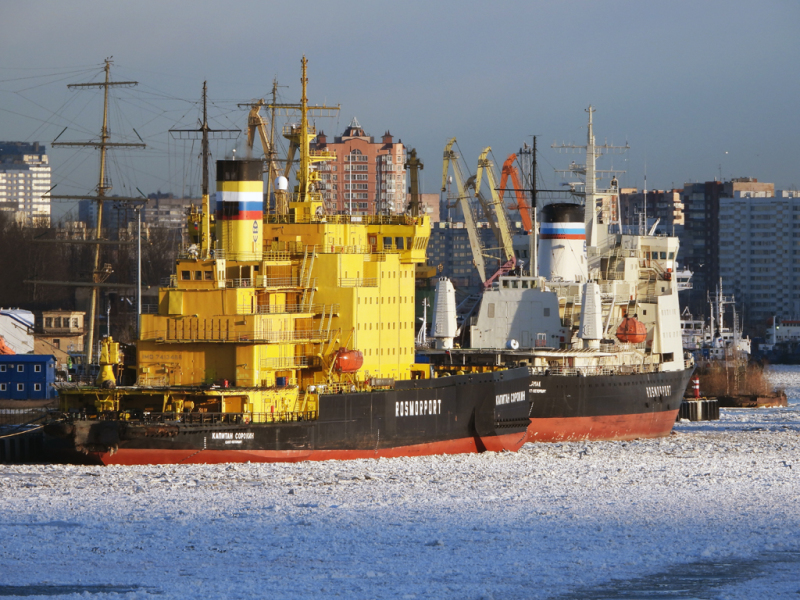
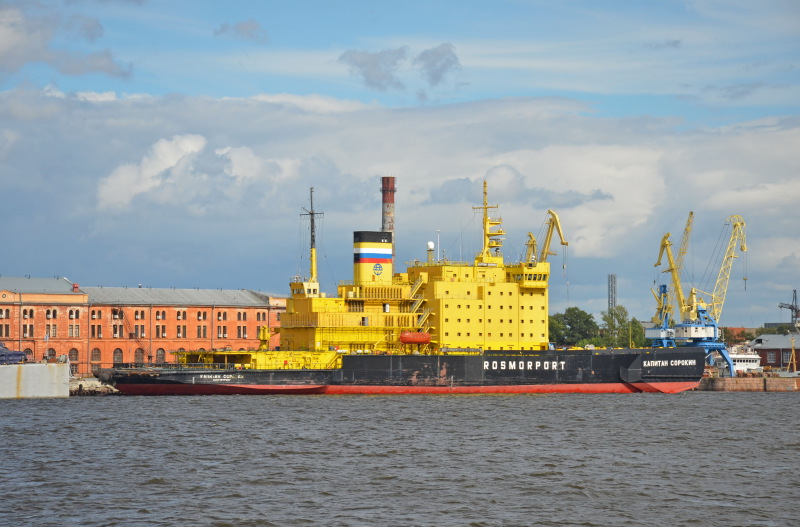
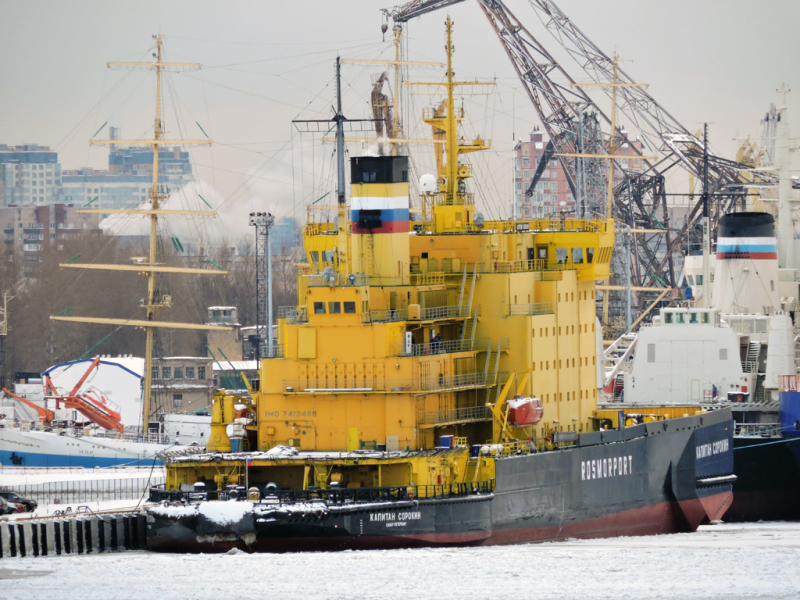
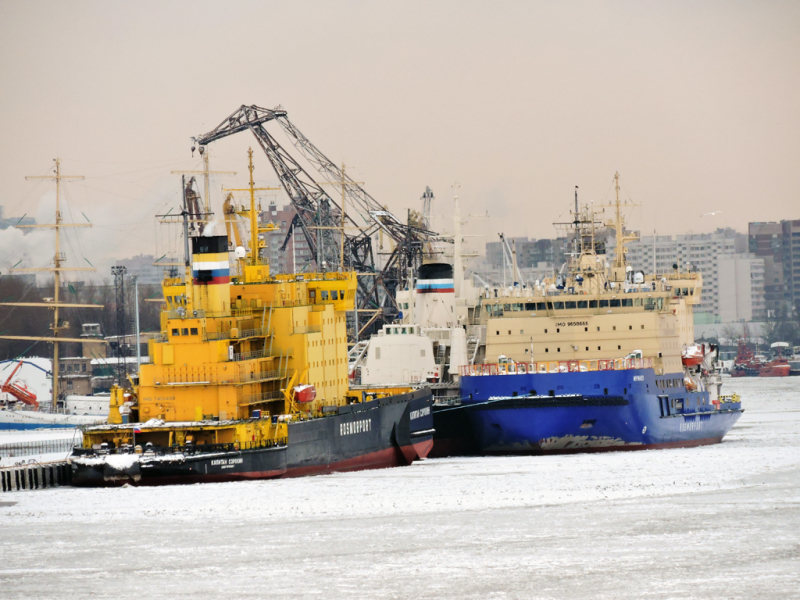
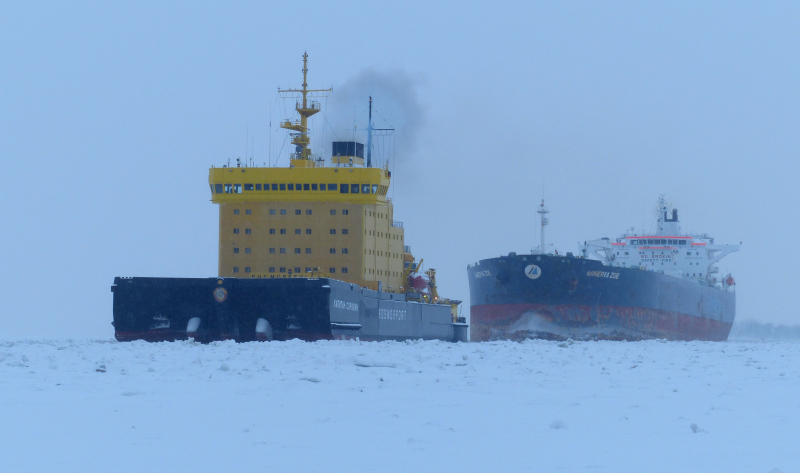


COMMENT THIS PHOTO(2)
the Thyssen-Waas ice breaking bow design has proved it's efficiency in various tests that have shown performance savings of up to over 50 %, depending on ice thickness and speed.
There are two main improvements compared to the conventional ice breaking bow:
Since the shear strength of ice is significantly lower than its flexural strength it allows to break more easily along the laterally advancing shear fracture of a Thyssen-Waas bow than during bending fracture under a conventional icebreaker bow. The remaining bending breaks in front of the ship also require less force, as this acts over a longer lever. This reduces the demands on bow weight and engine power as well as fuel consumption.
The broken ice is pushed under the lateral ice as a whole and no fragments remain in the canal. This extends the time until the channel is frozen over again. At the same time, friction on the ice is significantly reduced, meaning that less engine power is required and fuel consumption is lower.
On the negative side, the seaworthiness in open waters is lower in comparison to conventional icebreakers. In particular there is a greater risk of slamming due to the shape of the bow.
In practice, it will depend on whether the ship can be used in the most suitable operational profile.
Brgds,
Stefan
Edit
comment
Thank you for your intriduction in this topic. Yes, you are absolutely correct about clear channel behind the icebreaker. But it is hard to say whether drawbacks or advantages outweigh. I know only three ships with Thyssen-Waas bow design. Maybe there are some more. (1) KAPITAN SOROKIN, (2) MUDYUG, IMO 8009181, (3) MAX WALDECK (now BLUE SKY), IMO 6705949. Assume, all of them were converted by Thyssen Nordseewerke roughly the same ages. It would be interesting to know how Thyssen was so convincing since two of three ships are Soviet. A good example of cooperation during the Cold war...
Kind regards,
Daniil
PS: I also know that at MUDYUG there was powerfull ballast transfer system installed to create swiftly heel and roll during ice operations. I don't know, whether it was original or installed during modernization of the bow. I am not sure it is used now. Because ca. 10 years ago it already was in poor condition.
Edit
comment